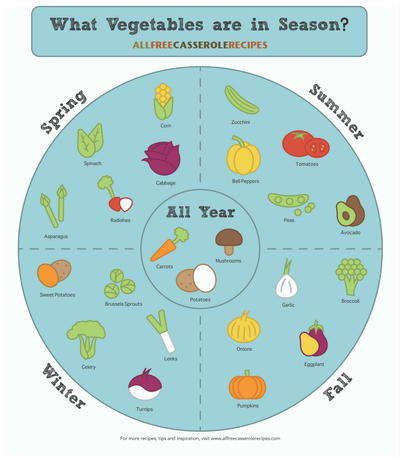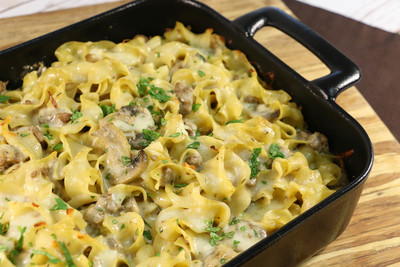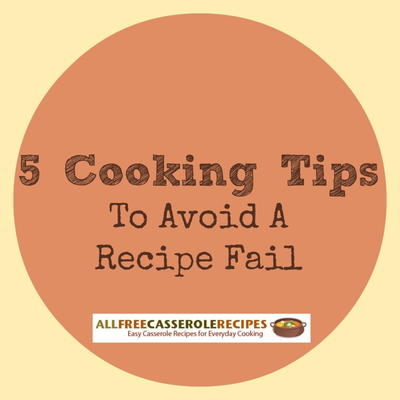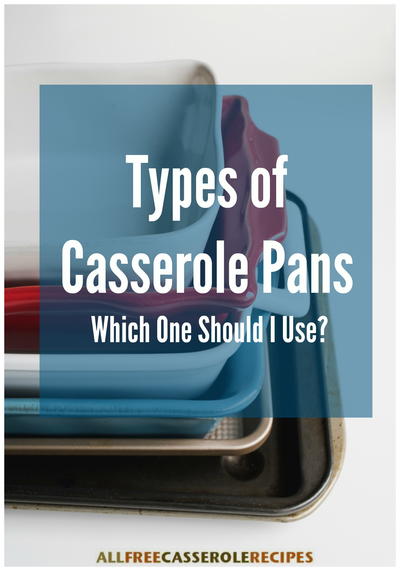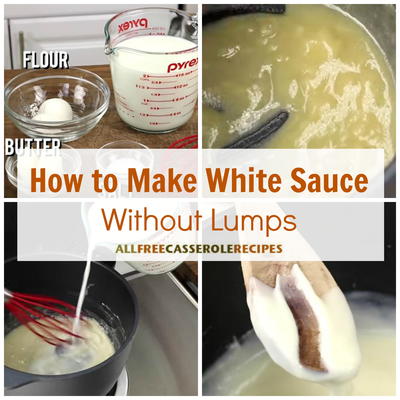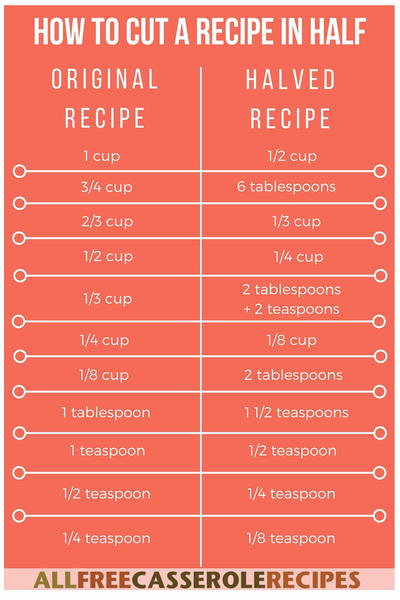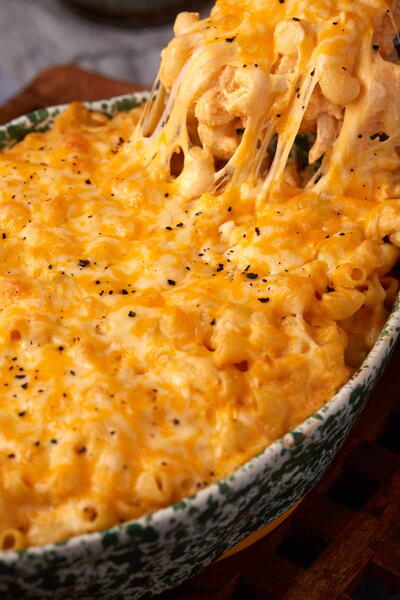How to Organize Your Refrigerator
Master the ins and outs of refrigerator organization with our guide!
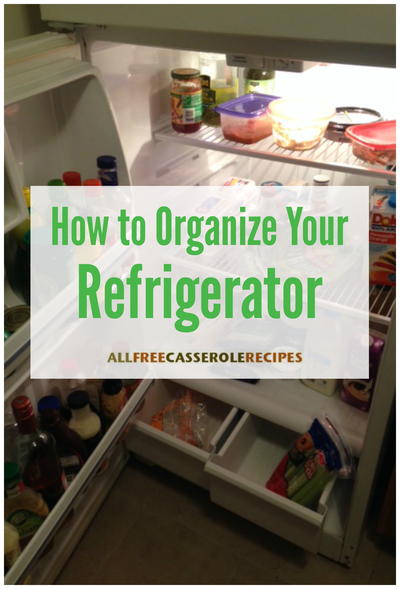
"Out of sight and out of mind" is a phrase that aptly describes the chaos that plagues most refrigerators. Even if you keep a tidy house and your kitchen is so clean it sparkles, your refrigerator is undoubtedly harboring disorganization or spoiled food.
However, learning how to organize your refrigerator effectively is easy, and it's even easier to maintain once you organize it once and for all.
If you are looking for innovative tips and tricks to help you learn how to organize your refrigerator, then look no further than this guide for How to Organize Your Refrigerator.
Believe it or not, there is a correct place for certain items in your fridge. Adhering to a few rules and tips could help eliminate spoilage as well as disorganization. Follow these simple guidelines and suggestions to find out how to organize your refrigerator and how to get the most out of this hardworking appliance.
Table of Contents
Refrigerator Organization: Where to Store Food Staples
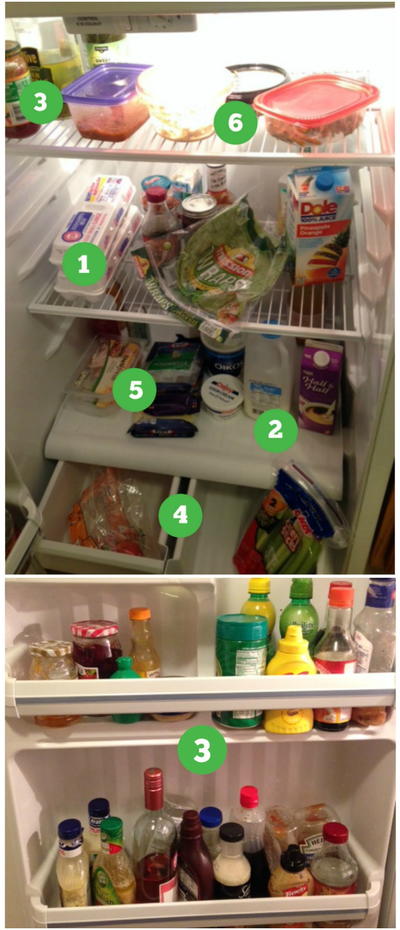
- Eggs should not be kept in the door but in the center of the middle shelf. This particularly cold spot will help keep your eggs fresh.
- Dairy should never be kept in the door, which tends to be warmer, but on the bottom shelf where it is coldest. This includes milk, cottage cheese, sour cream, and yogurt.
- Condiments - Certain items do not need to be kept as cold, so they are well-suited for storage in the door or on the top shelf. Such items include butter, soft cheeses, condiments, pickles, and salsa.
- Produce - You should never mix fruits and vegetables in the same drawer. This can lead to spoilage because these items have different humidity and temperature requirements. Fruit should be kept in a drawer with low humidity, such as the crisper. Vegetables do well in a drawer with higher humidity.
- Deli meats and cheeses should be kept in their own drawer, which is generally slightly cooler than the rest of the fridge. If you do not have a deli drawer, store these meats and cheeses on the bottom shelf.
- Leftovers can be stored on the top shelf since they will be used up quickly.
- Raw meats should be kept on the bottom shelf of the refrigerator because it is coldest. It will also prevent the uncooked items' juices from dripping and contaminating the other food in the refrigerator if they leak.
Don't Refrigerate These Foods
- Potatoes
- Whole Onions
- Tomatoes
- Bananas
Leaving them at room temperature will also free up precious refrigerator space!
Storing Leftovers
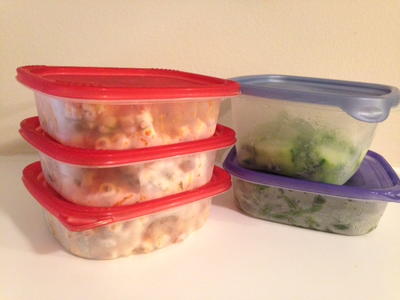
Store all food and leftovers in clear containers. This will help you easily identify what you have and will encourage you to eat the leftovers.
A good place to store leftovers is the top or middle shelves.
Have trouble remembering the age of your leftovers? Write the date you prepared the food on a piece of masking tape and stick it on the container.
Don't Overcrowd the Refrigerator
Good air circulation is vital to keeping your food cold and fresh. Avoid overcrowding your refrigerator (and your freezer), which will restrict circulation and lead to spoilage.
Also, make sure none of the vents in your refrigerator are blocked. Refrigerators work by circulating cold air throughout the fridge which is why it's so important that there is extra space.
Check the Temperature

According to the FDA, the refrigerator temperature should be at or below 40 degrees F (4 degrees C) and the freezer should be 0 degrees F (-18 degrees C).
If you are uncertain about the temperature of your fridge or freezer, consider buying a basic kitchen thermometer. They are usually found with the other kitchen utensils and can also be used to check the temperature of your oven.
You can also keep an eye on the temperature of your freezer using a FreezCube Spoiler Alert. Read our full review here.
Keep One Shelf Empty
Keep one shelf generally clear at all times for cooked and prepared foods. This way, you will always have a place to put tomorrow's lunches or items that have been prepped for dinner. You will also always know that there is space readily available should need to chill something, such as dough or a cake.
Check the Fridge Before Grocery Shopping
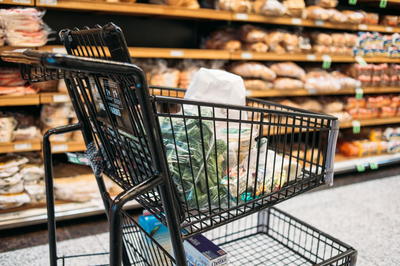
Always look in your fridge before going grocery shopping. This will give you an opportunity to toss expired items and will also prevent you from buying items that are already stocked in your fridge. Being aware of what you have at all times will help prevent wasting both food and money.
Need help creating a more efficient shopping list? Check out this free Printable Meal Planner Template from our friends at RecipeLion!
Maximize the Space
Reorganize the shelves in the fridge in whatever manner makes sense to you so that you can maximize your own space.
You could use baskets or containers to keep items organized in your refrigerator. For example, you could use a container to store deli meat and cheese if your fridge doesn't have a deli drawer.
Keep it Clean
Clean your refrigerator regularly and whenever anything spills. You can also line the shelves with liners so that cleanup is easier and more efficient.
How do you keep your refrigerator organized? Share your tips in the comments below!

